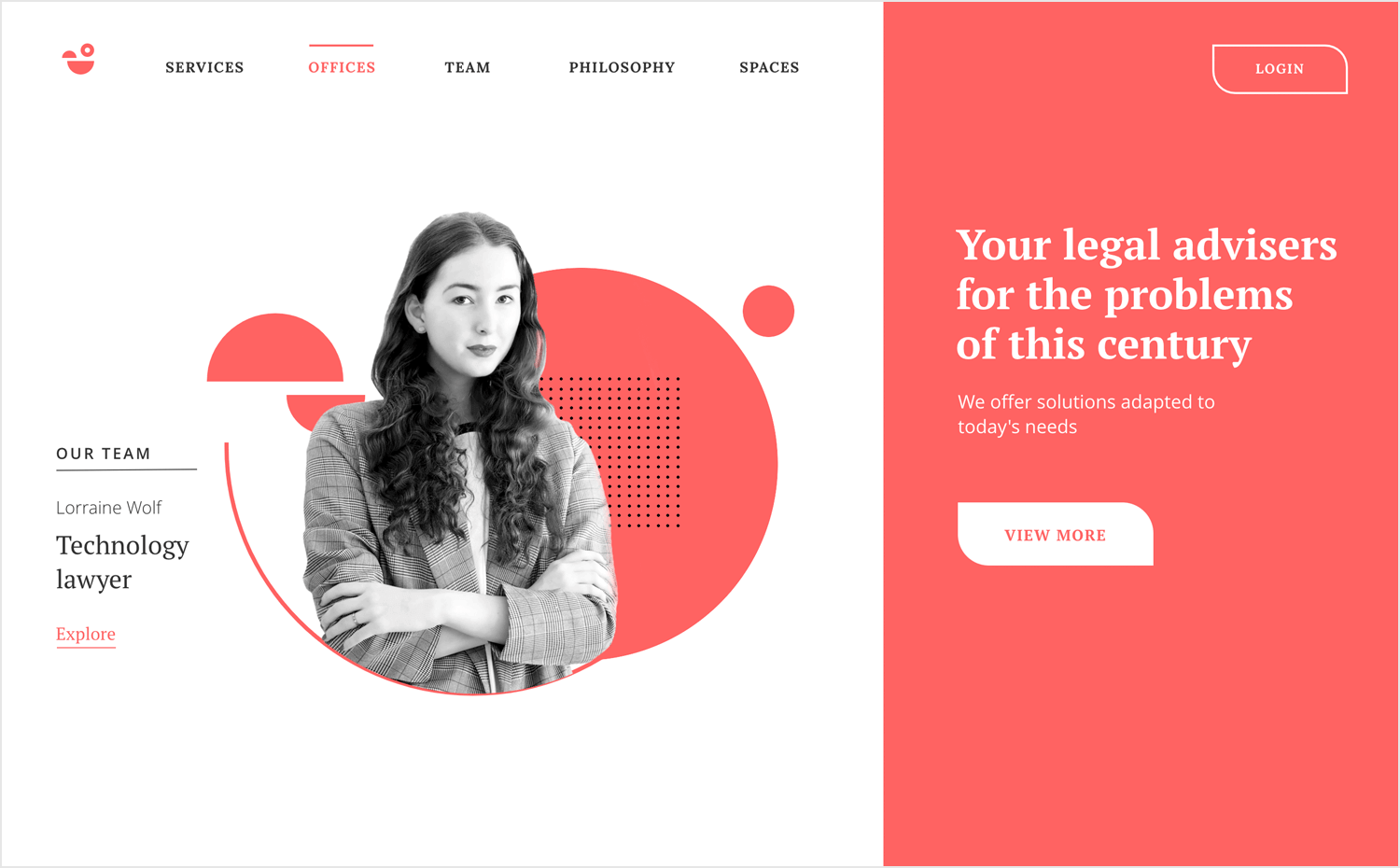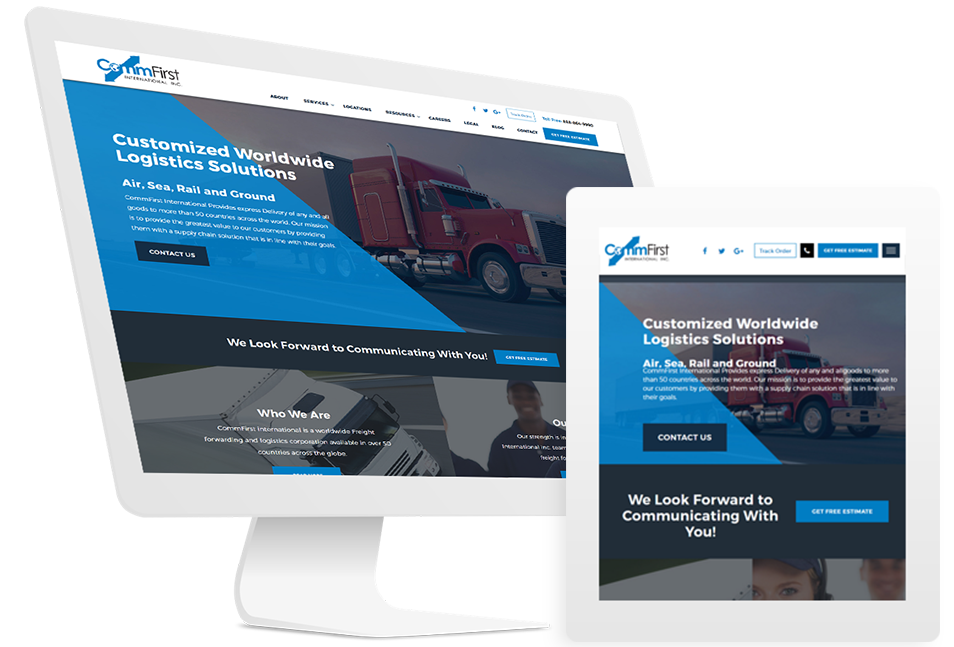Top Tips for Creating an Impactful Site Design That Converts
In today's digital landscape, the value of an impactful website design can not be overstated, particularly when it concerns converting visitors right into clients. To achieve this, one need to think about a range of aspects, consisting of recognizing the target market, focusing on customer experience, and maximizing for mobile platforms. Moreover, the tactical usage of engaging call-to-actions and a well-defined visual pecking order plays an important duty in guiding users through their trip. As we explore these essential components, it ends up being noticeable that the success of your website pivots on greater than simply aesthetics; it needs a thoughtful method to style and performance.

Understand Your Target Market
Comprehending your target audience is essential to efficient internet site design, as it prepares for creating an engaging individual experience. Identifying who your users are, including their demographics, choices, and actions, enables developers to customize the site's material, format, and functionality to satisfy specific requirements.
Conducting extensive market study is crucial in this procedure. Surveys, meetings, and analytics can give important insights into customer assumptions and pain points. By assembling this data, developers can produce customer personas that stand for various segments of the target market, guaranteeing that style decisions are educated and relevant.
Additionally, comprehending the target audience helps in selecting ideal style elements such as color design, typography, and imagery that reverberate with individuals. A web site that speaks straight to its audience cultivates a feeling of link and depend on, motivating longer sees and higher conversion prices.
Eventually, a user-centered method to internet site style not only boosts customer satisfaction yet additionally sustains organization goals by driving interaction and loyalty. By focusing on the needs and preferences of the target market, a website can successfully offer its objective and attain preferred outcomes.
Prioritize User Experience
To boost the general efficiency of an internet site, focusing on user experience (UX) is essential (Website Design). A properly designed UX makes certain that visitors can navigate the site effortlessly, find info quickly, and involve with material meaningfully. This brings about raised individual fulfillment and higher conversion prices
Begin by implementing intuitive navigation. Menus should be realistically structured, permitting customers to find essential areas of the website with minimal effort. Consistency in layout elements, such as color design and font styles, promotes familiarity, which is important for preserving user engagement.
Additionally, consider the packing rate of your internet site. A delay of simply a few secs can lead to significant drop-offs, as customers are less likely to await a slow-loading page. Streamlining photos and maximizing code can enhance performance and maintain site visitors.
Furthermore, clarity in material discussion is essential. Usage succinct, engaging language and separate message with visuals to boost readability. By focusing on user experience, you not just produce a more satisfying setting for visitors but additionally reinforce your brand name's reputation. Ultimately, an emphasis on UX is a financial investment in the lasting success of your web site.
Optimize for Mobile Devices
Maximizing for smart phones is important in today's digital landscape, where an enhancing number of individuals access web sites via mobile phones and tablets. A mobile-friendly style not just boosts customer experience yet additionally plays a substantial duty in enhancing internet search engine positions. To accomplish this, it is important to embrace a receptive design that instantly adapts to numerous screen sizes and orientations.

Packing rate is an additional crucial variable; mobile users are normally much less individual and anticipate fast accessibility to information. By prioritizing mobile optimization, you make certain that your website stays affordable and properly engages a wider target market.
Usage Engaging Call-to-Actions
A site's performance often hinges on its capability to lead visitors toward preferred activities, making engaging call-to-actions (CTAs) essential elements of layout. CTAs work as the critical points that guide individuals to engage with the website, whether that suggests making an acquisition, registering for a newsletter, or downloading a source.
To develop reliable CTAs, clearness is vital. Use concise language that clearly communicates the action you desire the customer to take.
Furthermore, consider making use of directional hints, such as arrowheads or pictures, to pop over to this site guide individuals toward these switches. By focusing on these elements, organizations can considerably boost individual involvement, driving conversions and eventually attaining their web site's objectives.
Focus on Visual Power Structure
Efficient site design depends greatly on a well-structured visual pecking order that overviews users via content effortlessly. By organizing aspects in a manner that focuses on information, designers can boost user experience and assist in decision-making. This involves using dimension, shade, contrast, and spacing strategically to accentuate one of the most critical parts of a website.
Using bigger fonts for headings and subheadings establishes a clear difference between various areas, allowing users to scan material easily. In addition, employing contrasting colors for switches and calls-to-action can catch individual focus and urge interaction. Whitespace is another vital part; it protects against mess and enables users to focus on essential messages without diversions.
Pictures and graphics need to enhance the message while additionally sticking to the well-known power structure, reinforcing the overall message (Website Design). Consistency in design elements, such as color pattern and typography, further strengthens the visual hierarchy, making navigating instinctive
Final Thought
To conclude, effective site design demands a thorough understanding of the target market, prioritization of individual experience, and mobile optimization. The tactical use engaging call-to-actions and a distinct visual pecking order additionally improves user involvement. By applying these concepts, sites can achieve greater conversion prices, making sure that style elements not just attract visitors yet likewise help with smooth navigating and interaction. Inevitably, a well-executed web site design acts as a crucial element check it out in driving user actions and achieving organization objectives.